Does the reverse side of your cross stitch project look messy?
Rosie6662
19 years ago
Related Stories
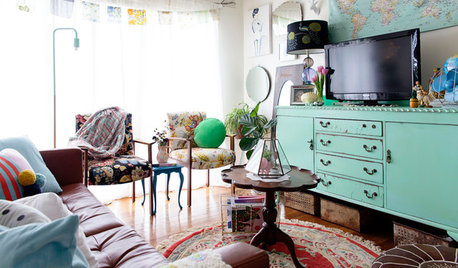
APARTMENTSMy Houzz: Florist’s Home on the Sunny Side
An Australian crafter, thrifter and professional floral designer shows off her quirky style
Full Story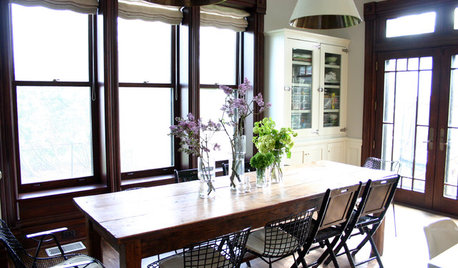
MOST POPULARFirst Things First: How to Prioritize Home Projects
What to do when you’re contemplating home improvements after a move and you don't know where to begin
Full Story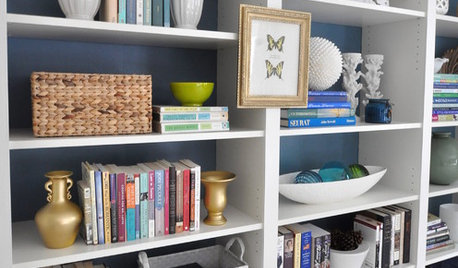
DECORATING GUIDESAfternoon Project: Declutter Your Bookshelves
Overstuffed bookshelves can easily turn into an eyesore. These shelf-clearing projects are bound to help
Full Story
KITCHEN SINKSJust a Touch: Faucets Without the Fuss
Faucets that turn on with a tap of the finger, forearm or hand are great for messy hands or full arms
Full Story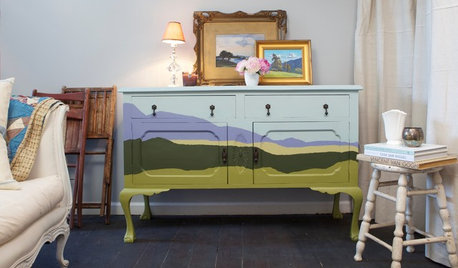
DIY PROJECTSUpcycle Furniture Finds With Paint
There are products out there designed to help you transform your thrift-store scores
Full Story
KITCHEN DESIGNNew This Week: Moody Kitchens to Make You Rethink All-White
Not into the all-white fascination? Look to these kitchens for a glimpse of the dark side
Full Story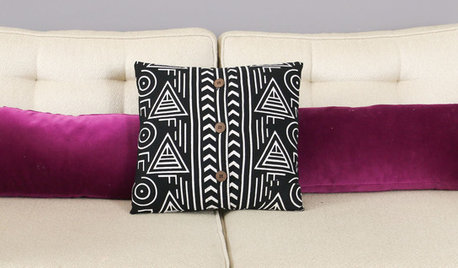
DIY PROJECTSMake a Gorgeous (Cheap!) Pillow Using Vintage Clothes
With secondhand fabric and a steady hand on the sewing machine, your pillow choices are endless
Full Story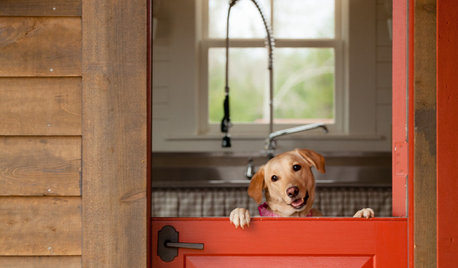
LIFEThe Polite House: On Dogs at House Parties and Working With Relatives
Emily Post’s great-great-granddaughter gives advice on having dogs at parties and handling a family member’s offer to help with projects
Full Story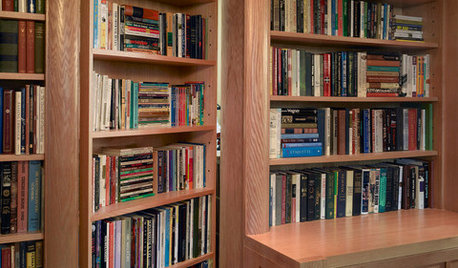
GREAT HOME PROJECTSHow to Create a Secret Doorway Behind a Bookcase
Hide your valuables (or unsightly necessities) in a room or nook that no one will guess is there
Full Story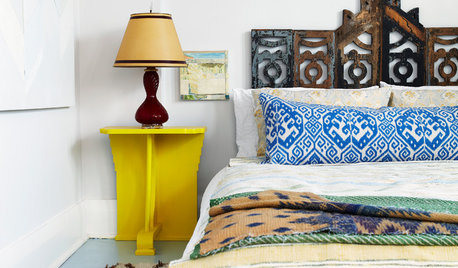
SALVAGEDIY: Secrets of Successful Upcycling
Learn how to find and customize salvaged pieces and materials to create one-of-a-kind furniture and accessories you love
Full StorySponsored






Tara_G
stitchntime9
Related Professionals
Peachtree City Furniture & Accessories · Alpharetta Furniture & Accessories · Hoboken Furniture & Accessories · Kendall Furniture & Accessories · Tamalpais-Homestead Valley Furniture & Accessories · Belle Glade Interior Designers & Decorators · Mount Laurel Interior Designers & Decorators · Gastonia Decks, Patios & Outdoor Enclosures · Grafton Decks, Patios & Outdoor Enclosures · Hialeah Decks, Patios & Outdoor Enclosures · Owings Mills Decks, Patios & Outdoor Enclosures · Salisbury Decks, Patios & Outdoor Enclosures · Spanaway Decks, Patios & Outdoor Enclosures · St John's Kirk Decks, Patios & Outdoor Enclosures · Woodstock Decks, Patios & Outdoor Enclosuresjaceysgranny
Rosie6662Original Author
stitchntime9
Kimber
Rosie6662Original Author
Agent_Meow
muddy_paws
fifty_seven
stitchntime9
Vique_Pa
junie2
cherylbranche
cacorvettegirl
anitashobbies
rosie_2006
julia
pamd96